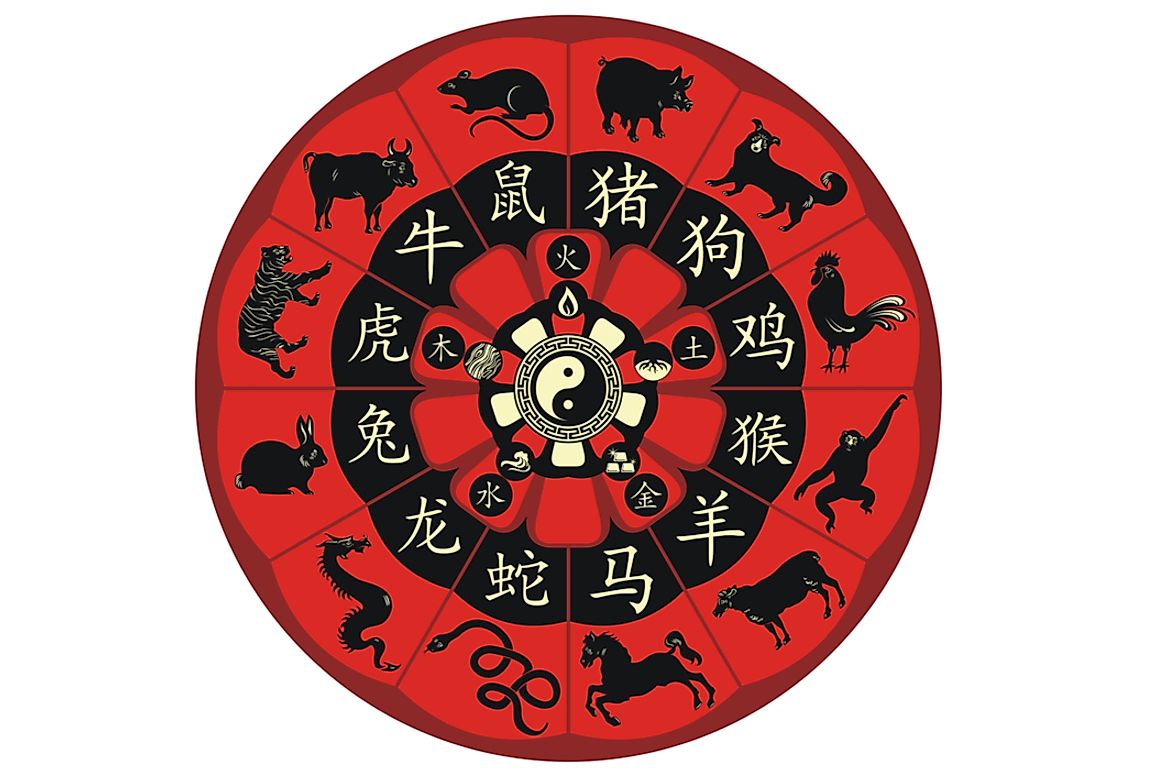Calendars Used Around The World

Humans have been keeping time since at least the Neolithic Era. The first calendars date back to the Bronze Age around what today is the Middle East. These ancient calendars were generally based on the phases of the moon and the solar year. Since then, various cultures have developed calendars. This article takes a look at some of the calendars found around the world.
9. Julian Calendar
The Julian Calendar was the first major calendar to move away from the lunisolar method. It was based on the Roman calendar and introduced by Julius Caesar in 46 BC. It utilizes a 365-day, 12 month model and adds an extra day in February every 4 years.
8. Hebrew Calendar
The Hebrew calendar, also known as the Jewish calendar, was originally created before the year 10 AD. It first utilized lunar months and calendar years, adding an extra month every 3 to 4 years in order to make up for the difference between the two. Over time, mathematical calculations replaced that system. Today, it is used to determine the dates for Jewish religious holidays, to select appropriate religious readings for the day, and to conduct ceremonial events.
7. Hijri Calenda
The Hijri calendar is also referred to as the Islamic calendar. Based on lunar phases, it uses a system of 12 months and either 354 or 355 days every year. The first Islamic year was 622 AD when Muhammad emigrated from Mecca to Medina. This system means that the current Islamic year is 1438, corresponding to between October 3, 2016 and September 21, 2017 on the Gregorian calendar. The Hijri calendar is used to identify Islamic holidays and festivals.
6. Iranian Muslim Calendar
The Iranian calendar has been used for over 2,000 years in Iran, previously known as Persia. Over the last two centuries, it has been changed on several occasions in order to incorporate political, religious, and seasonal needs. Today, it is the official calendar of Iran and begins around March 21st on the Gregorian calendar.
5. Buddhist Calendar
The Buddhist calendar is used throughout Southeast Asia and is based on an older Hindu calendar. This uses the sidereal year, the time it takes Earth to orbit the sun, as the solar year. However, the calendar does not try to stay in sync with this time measurement, similar to others that include a leap year. Because of this, it is slowly moving out of alignment at a pace of around one day every century. Although it is not used as an official calendar, the Buddhist calendar is used to mark important festivals.
4. Vikram Samvat, Shaka Samvat, and Kali Yuga
These three calendars are Hindu calendars. The Vikram Samvat is used in Nepal and some Indian states. It uses lunar months and the previously mentioned sidereal year to track time. The Shaka Samvat is used officially in India and by Hindus in Java and Bali. Its months are based around the tropical zodiac signs rather than the sidereal year. The Kali Yuga is the final cycle within the 4-cycle Yuga era. The first cycle is the age of truth and perfection, the second cycle is the age of emperors and war, the third stage is the age of disease and discontent, and the third stage (the Kali Yuga) is the age of ignorance and darkness. According to the calendar, the world is currently in the Kali Yuga. It began around 5,000 years ago and is thought to have a 472,000-year duration.
3. Japanese Calendar
Since 1873, the Japanese calendar has used the solar year of the Gregorian calendar. The country also uses era names, a system adopted from Chinese practice. Under this system, the rule of each emperor begins a new era. It has been used since 701 AD, although before 1873, eras were distinguished by events other than the emperor’s reign.
2. Chinese Calendars
The Chinese calendar is based on a lunisolar system. According to this system, each month begins on the day when the moon is in the "new moon" phase. The beginning of a new year is also marked by the position of the moon and occurs when the moon is midway between the winter solstice and spring equinox. Officially, the country uses the Gregorian calendar although the Chinese calendar is used to celebrate holidays.
1. Other Notable Calendars with Widespread Usage
The previously mentioned Gregorian calendar is another notable calendar widely used around the world. This calendar replaced the Julian calendar, improving the accuracy of the year's length by .002%. It was introduced by Pope Gregory XIII in the 16th Century AD. This new calendar helped stop the year from drifting away from the solstice and equinox, allowing Easter to be celebrated around the vernal equinox. Although associated with Christianity, the Gregorian calendar is now the most widely used civil calendar in the world.











